This week brings us another new batch of damning articles from the pro-Ukrainian Western media. The most telling of these comes from German Die Welt, which exposes how nearly all NATO ‘insiders’ secretly whisper among themselves that Ukraine stands no chance, but they dare not say so in public:

In Brussels, no one expected that Ukraine will win their lost territories back. Only no one wants to talk about it – at least officially. Die Welt has spoken with a number of insiders that give reasons for their gloomy outlook with one of Europe's self-inflicted fact.
Excuse the slightly wonky autotranslation, but here are some relevant snippets.
One of the most revealing facts is their admission that Kharkov was nothing more than a distraction by the Russian forces, something I made reference to in the last mailbag.
At the same time, Moscow has managed to induce Ukraine to send troops there by creating a new battle front in the Kharkiv area. “The Ukrainians have taken the bait,” says Colonel Markus Reisner from the Austrian Ministry of Defense. In addition, the supply of electricity is becoming increasingly precarious. Millions of Ukrainian households often have no water or electricity for hours on end.
Interestingly, Ukraine’s own 47th Brigade just recently confessed this as well, from another source:
The battalion commander of the 47th AFU brigade whines from near Ocheretino that the invasion of the Russian army in the north of the Kharkiv region has diverted a lot of AFU forces from the central areas, which are now critically insufficient near Pokrovsk. In addition, the change in tactics of the Russian commanders near Avdiivka demonstrates the success of the chosen strategy - a gradual offensive along several sections of the direction at once.
As you can see, there is a clear divergence between what the pro-Ukraine faction states publicly and what is privately acknowledged. Publicly, the narrative is that Kharkov is a “big victory” for the AFU because it stopped some kind of mythical Russian invasion force dead in its tracks. I roundly refuted this in the last mailbag, emphasizing that it was obvious to any half-decent analyst the Kharkov incursion was nothing more than a fixing action to strip away units from the main assault in Donbass.
Interestingly, the above statement from the 47th commander points to another ongoing narrative, which I’ll share as a brief digression from the Die Welt article. This is the sudden underscoring from several pro-UA sources that Russia is winning because of some new “tactic”, which turns out to be nothing more than the ‘death by a thousand cuts’ multi-vectored pressure we’ve been writing about here for almost a year and a half.
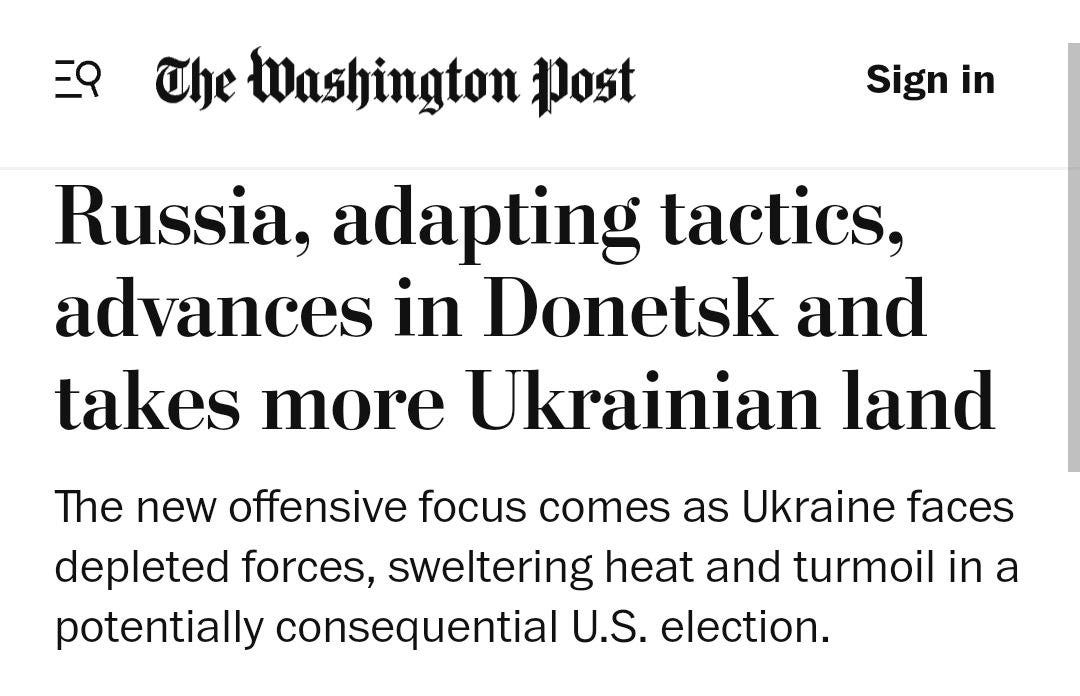
The above WaPo piece starts off pessimistically:
POKROVSK, Ukraine — Russian forces have mounted an arc of attack in Ukraine’s eastern Donbas region, pushing through intense summer heat in a bid to extend Moscow’s steady territorial gains and capture the city of Pokrovsk, a key transit junction.
The offensive is underway as Ukraine continues to suffer from a shortage of soldiers and as election turmoil in the United States has set off new speculation that Kyiv may soon be forced to negotiate a surrender of lands.
However, observe the laughable cope they utilize in line with precisely what I mentioned above about the Kharkov offensive:
You can see how they rewrite reality to suit their agenda for glamorizing the AFU as a valiantly heroic army, when in reality they’re falling for each of Russia’s strategic ruses to great loss.
Oddly, after first programming their readers with the ‘valor’ excuse, they contradict themselves by shifting to the reality a few paragraphs later:
The reinvasion of the Kharkiv region, while yielding limited gains, nonetheless diverted Ukrainian resources. Oleksandr, 30, a battalion commander of the 47th brigade, fighting near Ocheretyne, said that Ukrainian forces are struggling and that Putin’s prize increasingly seems within Russia’s reach.
“This strategy is clever: You try to concentrate the strength of your enemy in one direction and then distract them at another,” said Oleksandr, whose call sign is “Genius” and who is being identified only by first name in keeping with Ukrainian military protocol.
But you see their qualifying of it with the word “nonetheless” as if to imply that this was merely an unintentional secondary byproduct of Russia’s Kharkov incursion, rather than the entire goal. Sneaky little tactics to brainwash their readers. It’s also fitting that callsign “Genius” was the only one amongst them who figured it out.
They go on to grudgingly cotton on to the truth:
They uncharacteristically underscore this by quoting ISW’s new release in stating that Russian commanders have drastically improved:
The piece de resistance of the whole shebang is this:
Ukrainian commanders and soldiers interviewed by The Post cited exhaustion and dwindling resources, including a severe lack of troops. A new mobilization law adopted by Ukraine’s parliament has yet to provide desperately needed reinforcements, as new conscripts are still undergoing training, and some draft-eligible men have fled the country or are hiding at home to avoid conscription.
One sergeant, 56, who goes by the call sign “Bart,” described the situation as “critical” and said there was “serious chaos” on the front lines. He blamed failures in leadership decisions, including cases of Ukrainian and Russian forces mixing up their positions.
They even go on to admit how Russian EW capabilities have likewise vastly improved, further underlining our recent refutations here of pro-Ukrainian claims that the AFU has a large FPV advantage:
Several Ukrainian commanders cited an acceleration in drone warfare as one of the principal challenges on the battlefield, with Russia having significantly increased its electronic jamming capabilities to erase Ukraine’s previous advantage using first-person view, or FPV, drones.
“What has changed tremendously is their drone tactics and their use of electronic warfare. We used to have the upper hand and were more efficient, but now this is not the case,” Mikhail said.
Now, getting back to the Die Welt article in a roundabout way. All the high level representatives the newspaper spoke to stated flatly that Ukraine will not win, nor reconquer any of the taken territories:
The majority of interlocutors say that “Ukraine will not win”, as one military representative put it simply. In concrete terms, this means that not only Crimea would be lost, but also other previously conquered territories - particularly in the east. They make up almost a fifth of the country's total area.
They state that a minority of anonymous military sources believe that Russia will run out of steam by Spring of 2025, at which point Ukraine could perhaps do “something”. But the majority believe more likely a ceasefire is approaching in the next “six to nine months”:
It seems much more likely to most interlocutors that a ceasefire is slowly approaching, possibly in the next six to nine months - regardless of who will be the next US president from January. “In view of the circumstances, I see no other option than an early ceasefire. This state of affairs could then last for years, with local violations of the ceasefire likely to occur again and again,” said a top diplomat.
Oddly, they convey that European leaders like Scholz fear pushing Russia too much as, according to them, it could lead to an overthrow of Putin and disintegration of Russia which would leave Russia’s 6,000+ nuclear weapons “in the hands of bloodthirsty dictators like Ramzan Kadyrov.”
They reiterate that Syrsky believes Russia could have nearly 700,000 troops in Ukraine by the end of this year, a figure that clashes loudly against claims Russia was suffering hundreds of thousands of losses per year:
This suggests that the West will continue to handle its arms deliveries “with a sense of proportion”, they say. On the other hand, Brussels also sees that Russia, unlike Ukraine, is in a position to keep mobilizing new reservists - according to Kiev, there are currently 520,000 Russian soldiers in the country and, according to Ukrainian Commander-in-Chief Oleksandr Syrskyj, there could even be 690,000 by the end of the year.
In line with this, more than ever Ukraine’s critical manpower shortage continues to be the main topic of discussion. An Estonian reserve soldier and war analyst with a large following wrote a detailed thread about the ongoing crisis. He gives an interesting rehash of Syrsky’s figures:
the Kremlin plans to increase the army to 620 thousand. Now it numbers 520 thousand, which is 5 times more than at the beginning of the invasion. The number of the Armed Forces in 2024 is approximately 350,000.
Most interesting was a report from Condottiero channel, which has no source, but the channel has been relatively reliable in the past to my knowledge:
⚡️Big if true, from Condottiero channel:
At Zelensky’s headquarters yesterday in the Kharkov region, Syrsky voiced one very interesting thing - the Russian Armed Forces are increasing the number of troops in the Ukrainian theater of operations by 150-170 thousand people every 3 months.
I have seen something similar before in the Western military press and Ukrainian military analysts. Now this sounds very ominous for the Ukrainian Armed Forces. Essentially, while the enemy is losing people and reserves in approximately the same numbers over a period of time, we are building up.
At the same time, stupid Ukrainian “analysts” are trying to calculate our expenses in parallel, estimating that Russia has already spent about 1.3 trillion dollars on SVO. Forgetting how much weapons, in principle, we now produce, in what dynamics and of what quality.
What does it mean? First of all, the next 5-6 months will be deadly for the Ukrainian Armed Forces as a whole. And then we'll see. How many of them will survive until the new year and by what milestones.
And the usual suspects continue to sound the alarm about Russia’s spate of advances:
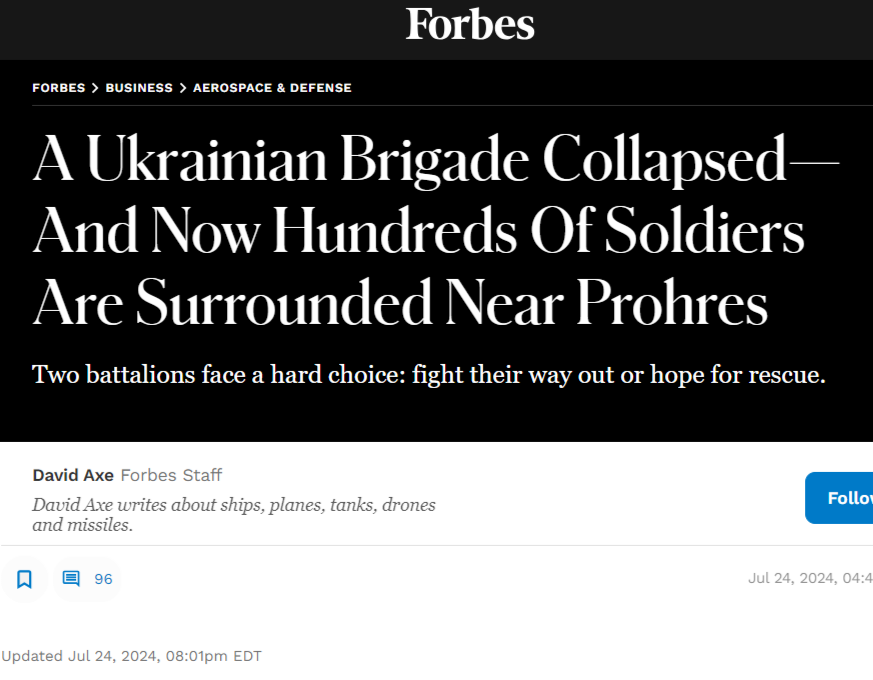
In fact, we’re seeing more and more women operators on the Ukrainian side, here’s a recent training session:
Hurrah - Photos from the training of the female mobile air defense battalion of the Armed Forces of Ukraine in the Kiev region. Also, the first female prisoners recently joined the ranks of the Armed Forces of Ukraine.
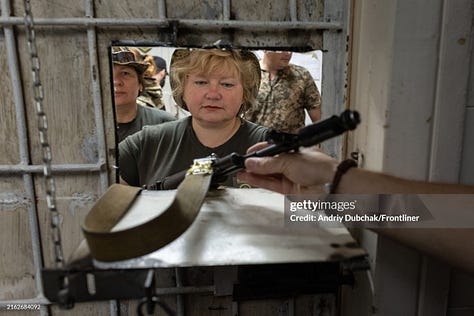
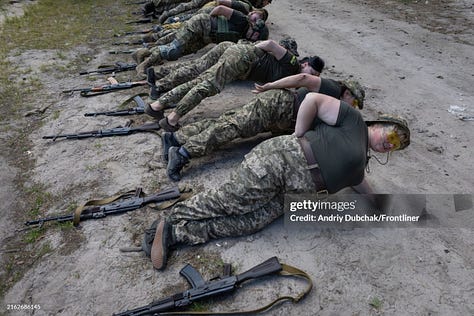
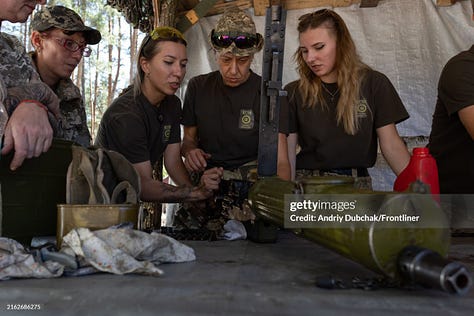
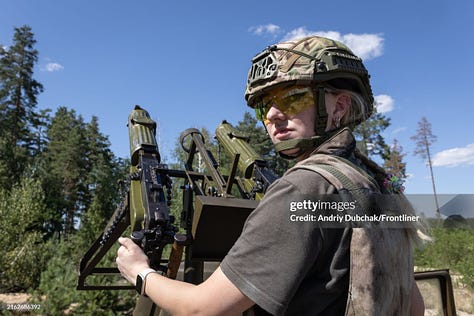
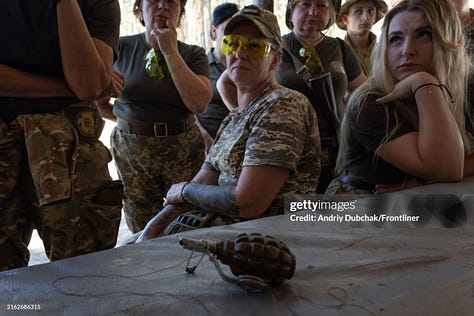
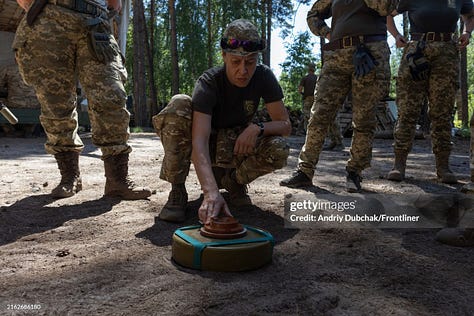
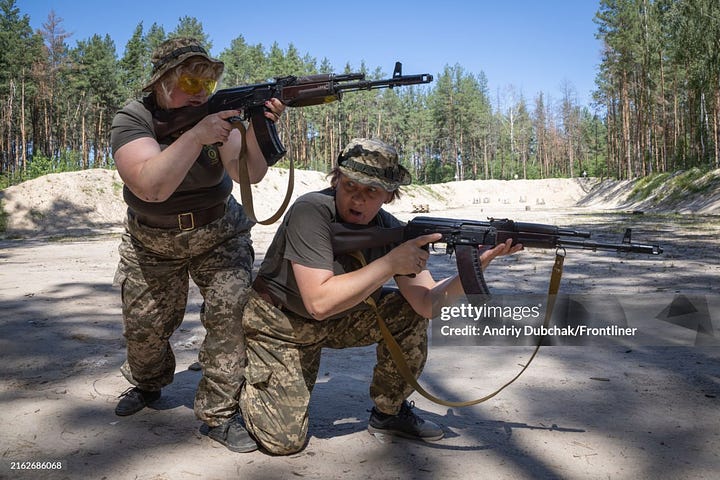
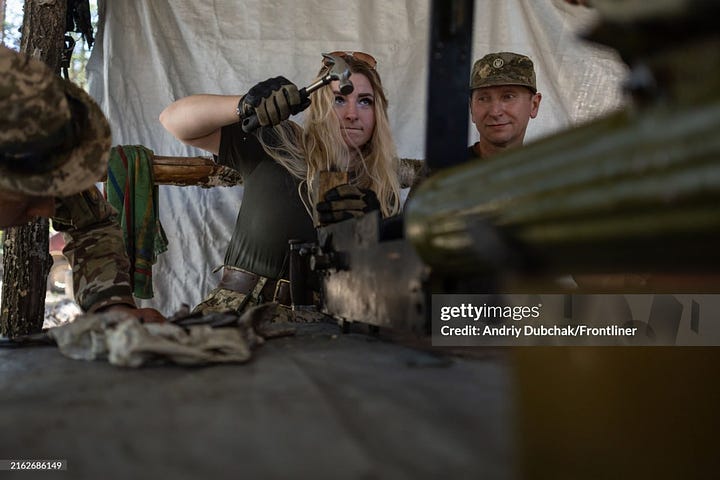
And a new Times article covers the travails of Dzvinka, a 28-year-old Bradley commander of the 2nd Battalion of the 47th Mechanised Brigade:
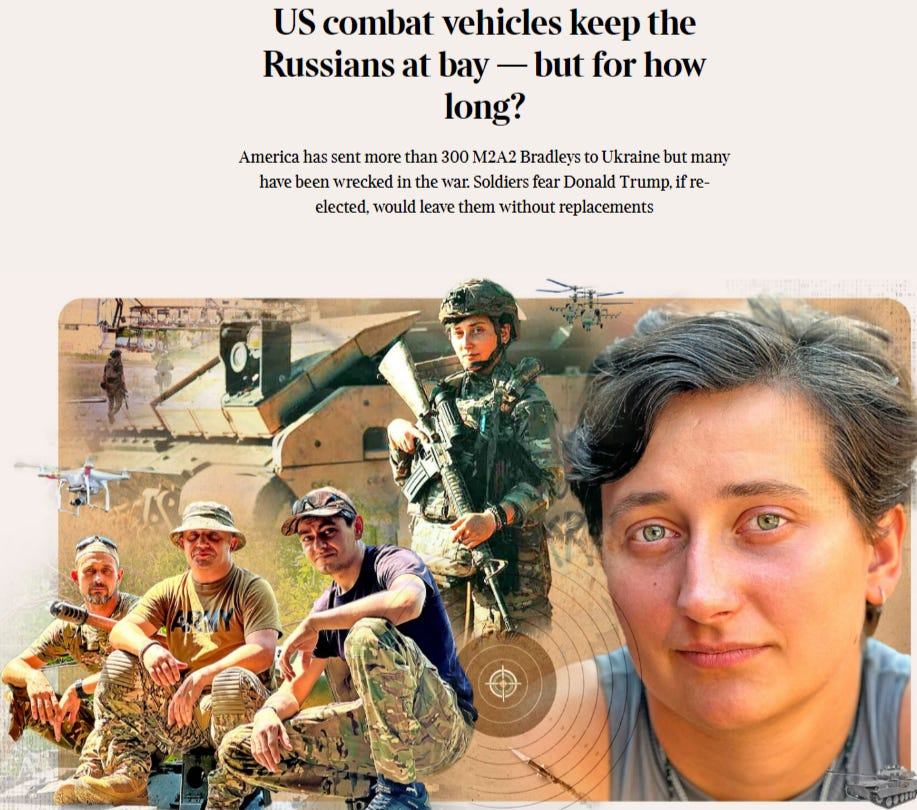
Russian radio recon experts have even intercepted negotiations with female AFU pleading over the radio:
A fighter with the call sign Gambit at the radio recon post spotted the negotiations of women in the ranks of the Armed Forces of Ukraine - mostly they are on air defense and in curfew service
Armchair Warlord reports on X that the latest NYT article reported a Ukrainian brigade in the collapsing Toretsk direction got 2000 reinforcements in the past two months, which presumably indicates their losses:
Just as a purely conjectural back-of-napkin math, this comes out to 1000 losses per month for one brigade. Most fronts like Toretsk have about 5 brigades, give or take, so 5000 per month per front = 166 casualties per day, per front. Now there are about 4-5 fronts with major hostilities, so multiply 166 x 4-5, and you get 664 - 880 casualties per day, which is miraculously quite in line with Russia’s usual listing of AFU daily casualties.
—
Russian armor also continues to pour in, with three separate videos in the past week alone showing train-loads of brand new T-72B3Ms, T-80BVMs, and T-90Ms:
The last video, you can even see they are marked with the new tactical symbol of the northern Kharkov group.
Ukrainian reserve officer and analyst Tataragami also had a new thread where he agrees that Russia’s Kharkov incursion was just a distraction:
Earlier this year, I correctly noted with my team that the Kharkiv operation was likely a diversion and that the main focus would remain on Donbas. While our troops have been trying to retake Hlyboke and have spent months holding the Krynki foothold (despite unclear objectives given our limited resources), Russians have systematically exhausted our brigades in Donbas. The Russian approach is not particularly innovative: they send small tactical units against Ukrainian defenses daily until one position falls, then exploit the success. Senior Ukrainian commanders have attempted to adopt similar tactics, forgetting that we have far fewer people and unreliable Western support that may or may not arrive on time, if at all.
His prognosis is not good:
However, the window of opportunity is getting smaller. Unless radical changes are made, we are heading toward the most unfavorable scenario of all: forced negotiations, stalemate, minimization of Western aid, re-armament of the Russian army, and a new round of the war with much more unfavorable outcomes for Ukraine, leading to occupation and forced assimilation.
—
Now again we see the discussion shift increasingly toward “negotiations” from the Ukrainian side:
Check Finnish President Alex Stubb’s flipflop in only a matter of months—I wonder what changed?
Klitschko stated that Zelensky will need a people’s referendum in order to sign an armistice with Russia:
Arestovich describes what will happen in November:
According to him, a truce will be established for the duration of the presidential elections. Recall that Arestovich does have a good record when it comes to predicting the war’s events, prior to the war, before he was forced to tote the Ukrainian propaganda line while working as presidential advisor.
However, in another solo video, he describes the catastrophic state of the Ukrainian power grid, and say that in merely 2-3 more Russian strikes, the entire grid will be relegated to 18th century levels, causing a total collapse of society next year:
"Arestovich recorded a video in which he announced the complete collapse of the Ukrainian energy system in 2-3 Russian missile strikes. Now Ukraine still has a nuclear power plant and an energy bridge with Europe. But Russia can destroy all this with two or three missile strikes, literally throwing the whole country back to the 17th century in a couple of days. Only the village will survive, the lighting will be from splinters. Winter will drive hundreds of thousands of people out of the cities and the whole country will be engaged in survival, not war. Russia, according to him, simply feels sorry for ordinary farmers."
The mayor of Dnipro also discussed the dire energy situation:
We see that the Ukrainian side puffs its chest and talks tough, but are increasingly speaking of negotiations. How likely is this, really? Well, the truth is, no one in Russia is talking like this, and in fact Lavrov, Peskov, Medvedev, and the rest of the Siloviki are signaling the total opposite. Russia is smashing through Ukrainian defenses like never before, the frontline is totally collapsing—for Russia to suddenly stop and negotiate is equivalent in logic to Assad “gassing his own people” when he was on the cusp of victory against the CIA’s FSA rebels. It makes no possible sense.
Yesterday, Putins’ presidential aide Patrushev said some interesting words in regard to this:
Listen closely—he specifically states what I just articulated above: Russia now has the massive advantage on the frontline and Ukraine and its Western sponsors want a rest so they can regroup and rearm. Does this sound like someone who’s ready to end the conflict and negotiate?
The fact remains that Ukraine is using the negotiations red herring merely to prop up the falsely constructed image of their own battlefield relevance. In reality, the AFU is slowly collapsing, but they are doing everything they can to present the image of strength by pretending a mere negotiated stalemate is the best Russia could eke out. These are desperate maneuvers to mask the total panic and urgency on their side—they know it’s not a negotiations but a complete collapse and capitulation that’s closer to reality.
Just read the latest frontline updates, from New York Times:
🇷🇺⚔️ 🇺🇦The New York Times spoke about the terrible massacre in which the Ukrainian Armed Forces lost many soldiers and Urozhayne at the junction of Zaporozhye and the DPR
▪️“For the soldiers of the 58th brigade and the forces of the National Guard, who held Urozhayne for 3 months, this loss was especially difficult. During this time, about 100 soldiers died or went missing. Commanders are preparing for possible reprimands from military leaders, who often require soldiers to hold their ground until the very end,” writes the NYT..
A Ukrainian officer is outraged that the whole country is not already mobilized:
—
Despite all that, Ukrainian yellow press continues to push the theory that Russian forces will be exhausted in a month or two:
Russia will be unable to maintain the scale of its attacks in multiple sectors for a long time because its "capabilities are not unlimited," General Oleksandr Pivnenko, the commander of Ukraine's National Guard, said in an interview with Ukrinform published on July 25.
"In another month and a half, they will not be able to conduct active assaults in many directions at once and will switch to defense."
This is very difficult to understand, given that in the very same article they quote their own commander-in-chief, Syrsky, as saying Russia’s army will grow to nearly 700k by the end of 2024. So how is it possible Russia will run out of men and be ‘exhausted’ next month? Clearly someone is lying.
A few battlefield updates:
Krasnogorovka has almost entirely been taken:
The Niu York area has turned into a soon-to-be disaster for the AFU as Russia has almost entirely encircled their forces on very flimsy ground that sources indicate will make retreat difficult for the trapped contingent:
A wider shot:
There are about a literal dozen other advances including Rabotino, Konstantinovka, Toretsk—where Russia has entered the outskirts—and even Chasov Yar, where paratroopers reportedly used the old trick of sneaking through sewer pipes and tunnels to finally breach the Siversky-Donets canal to finally establish themselves in the microdistrict on the other side after a long pause:
In the west of Progress, near Ochertino, Russian forces advanced as well. What’s clear is that a salient will eventually break off toward the main supply route in the north to cut off Konstantinovka like so:
As can be seen, the key stronghold of Konstantinovka is slowly being enveloped, and could be the big fight of next spring, just as Bakhmut and Avdeevka each were the main spectacles of late winter / early spring ‘22 and ‘23. The Chasov Yar paratroopers will eventually press into Konstantinovka from the east while the Toretsk contingent collapses the front from the south until the city is fully enveloped.
Some last sundry updates:
In the mailbag comments someone asked about the extent of North Korea’s supplies, and we now have evidence that North Korea has sent its formidable Bulsae-4 ATGM, which was reportedly spotted by Ukrainian drone:
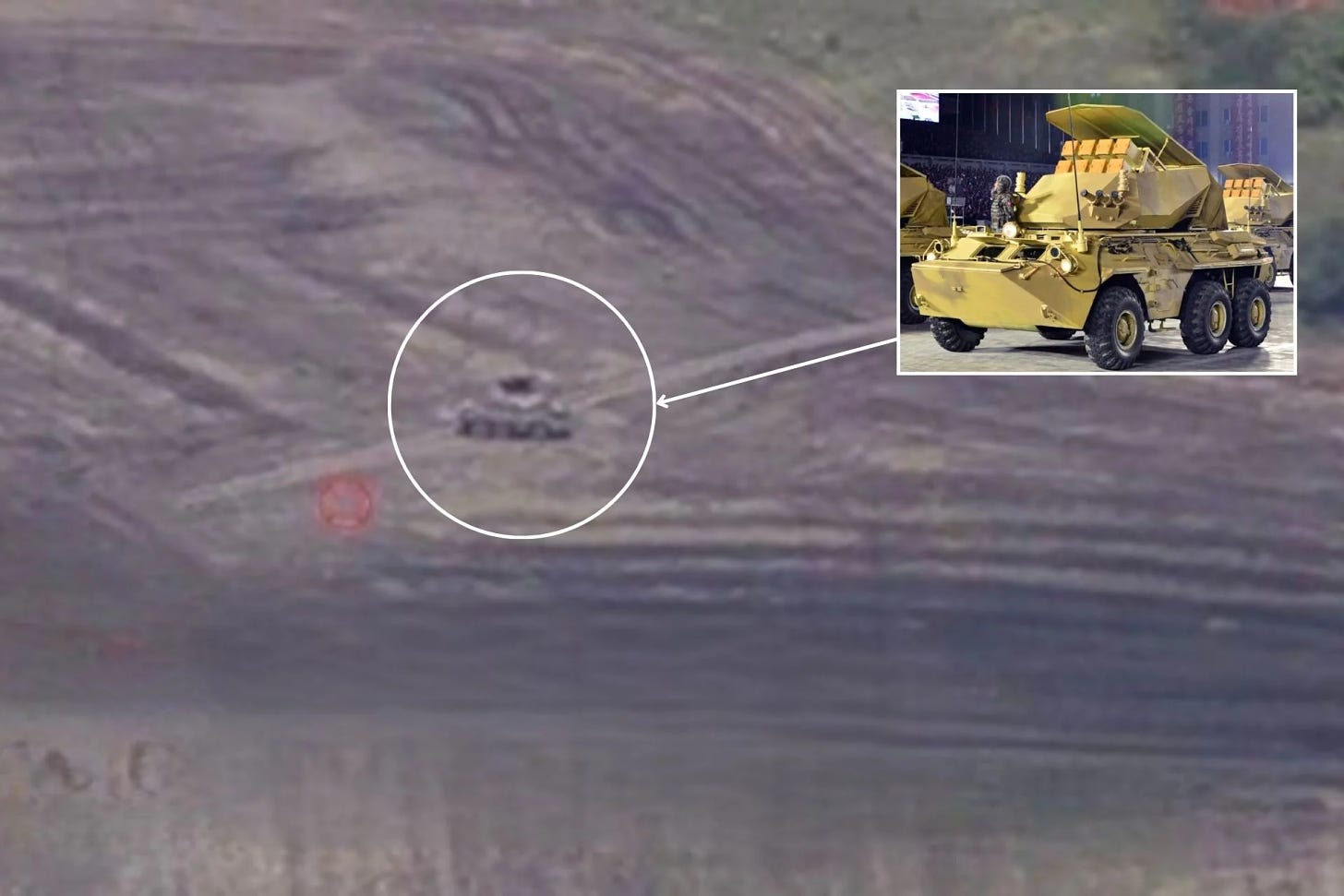
Ukrainian sources report that a North Korean Bulsae-4 ATGM was spotted in the Kharkov region.
“Bulsae-4” is a land weapon, a further development of the concept of long-range ATGMs. Armored vehicles, even with good optics, have a viewing range of no more than 7-8 km, and most ATGMs have an even shorter range. But the North Korean “toy” has a range of more than 10 km, which makes it possible to attack armored vehicles from a known safe distance. To fly it, the rocket was equipped with a powerful engine and large stabilizers, so it partially resembles a loitering munition.
The main advantage of “Bulsae-4” is the availability of control via a video channel. The operator sees all the folds of the terrain, all objects, he can go around the obstacle and hit the target behind cover. The missile has a mode of approaching the target from above, while the operator selects its vulnerable spots. If in doubt, you can select a different target while in flight. As a result, “Bulsae-4”, with proper training of the operator, has the highest accuracy.
There was even a video claiming to show the Bulsae-4’s missiles destroying a British AS-90 SPG artillery howitzer at a claimed distance of over 10km, though I’m not sure if it’s been confirmed.
Keep in mind this is a very powerful capability that even Russia doesn’t have. It’s in effect an Israeli Spike NLOS which, unlike Kornet ATGMs, can go beyond line of sight—a sort of ground launched version of the Russian helicopter-fired LMUR missile. The fact that Russia still does not produce a single weapon system of this type is one of the single biggest detriments, and quite frankly, embarrassments, to the Russian army, given that they are one of the most useful possible weapons on the modern battlefield. Even Hezbollah has been using the Armas, a Spike clone, for the past few months to great effect.
Of course, one of the reasons Russia doesn’t bother developing it is because drones like Lancet and other anti-armor loitering munitions serve the same purpose, but it’s nevertheless a major weakness and critical missing component in the Russian forces.
—
Another mailbag participant also asked about the partisan situation. Here’s another small update, the car fires have gotten so bad, now spreading from Odessa to Kiev and other cities, that a battalion commander of the Azov Brigade outright promised to start shooting on the spot any Russian-leaning citizens caught vandalizing their precious cars:
—
Rumor has it the situation on the front is so bad, Zelensky was forced to skip the Olympics ceremony:
I think he was spotted at the Olympics, anyway:
—
Today Belousov announced Russia’s FPV drone figures, reported by Kommersant:
Defense Minister Andrey Belousov said today that 4,000 FPV drones are produced in Russia every day.
With one analyst noting:
The Russian Army uses 100-150 drones a day at the brigade level in an intensive area of assault work.
The article also states:
In December, Forbes, citing a representative of one of the battalions of the Russian Army, reported on the production of FPV drones in the amount of 1 thousand units per day.
4000 per day is 120,000 a month. Last December, Strategic Industries Minister of the AFU, Kamyshin, reported that Ukraine produces 50,000 monthly:
Perhaps they too are around the 120k mark or more by now, no one knows for certain, but at least these are some official figures from both sides rather than wild speculations.
—
Head of the Ukrainian Border Service told a woman last year that Crimea would certainly be returned by July 28, 2024—you have my word, he says!
As a quick note, I’m still sequentially working through the last bit of mailbag questions in the comments section of the original thread. It turned out to be quite a larger task than I thought, as most questions simply are impossible to answer in a single sentence or two, requiring a little context, etc. So bear with me but the remainder will be answered in full by tomorrow.
—
I actually had wanted to cover much more information and other topics, but alas there is only so much room, so stay tuned for the next report.
Your support is invaluable. If you enjoyed the read, I would greatly appreciate if you subscribed to a monthly/yearly pledge to support my work, so that I may continue providing you with detailed, incisive reports like this one.
Alternatively, you can tip here: buymeacoffee.com/Simplicius







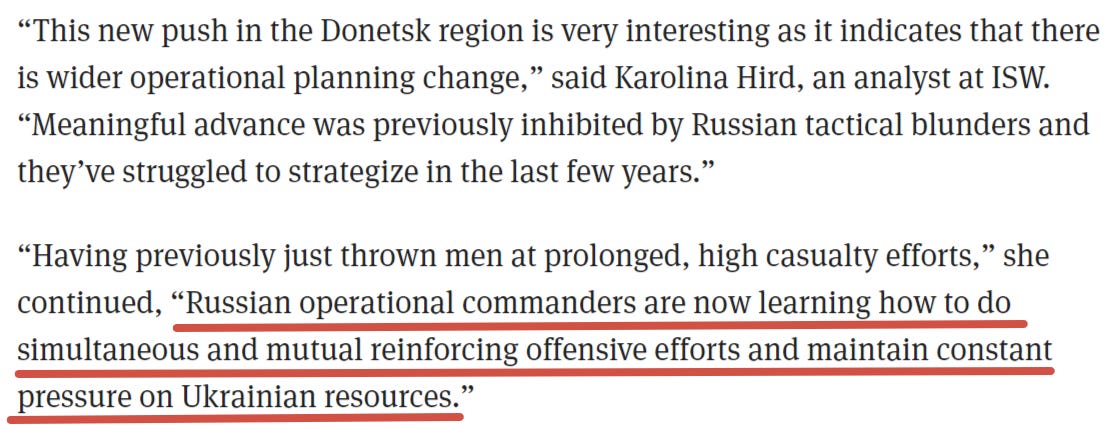
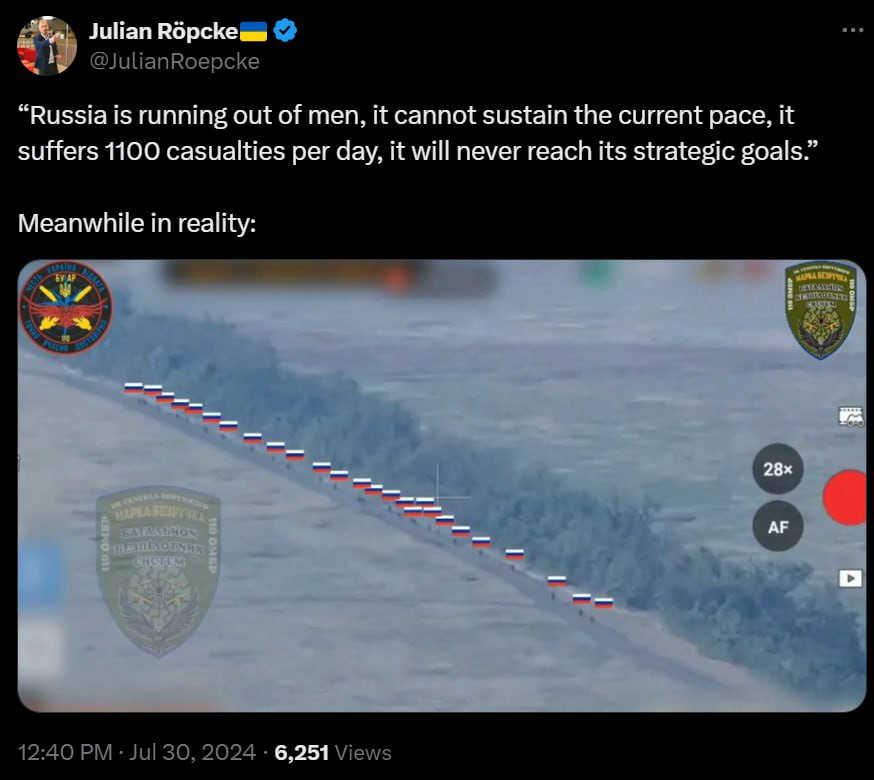
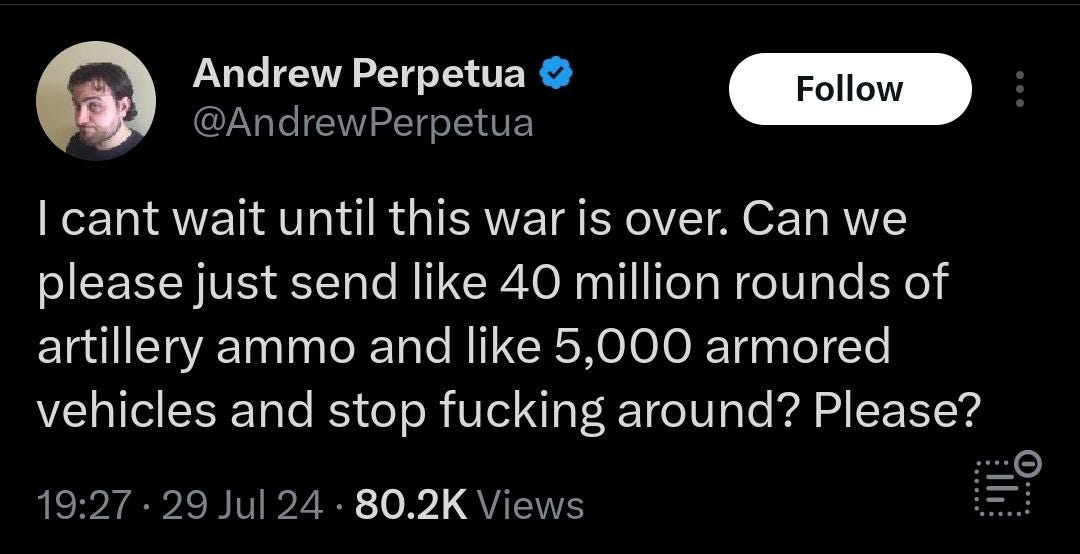
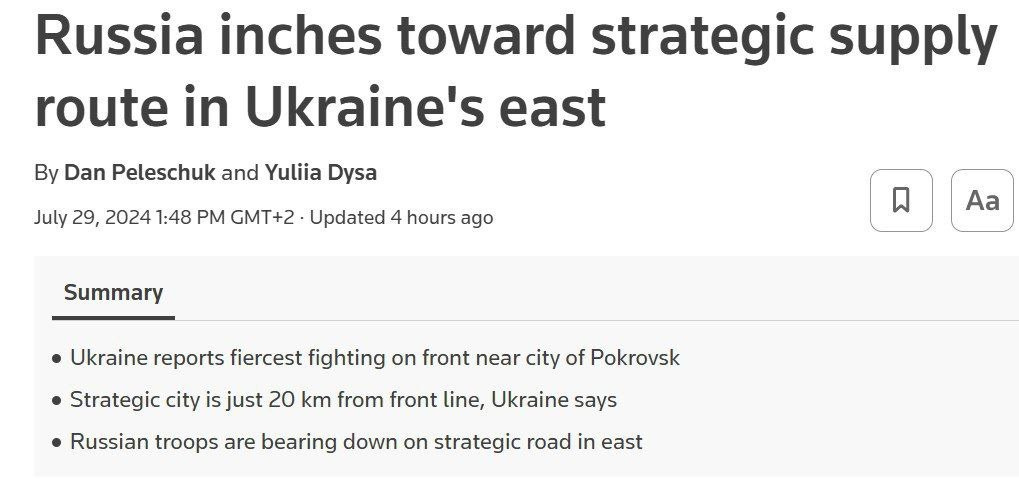
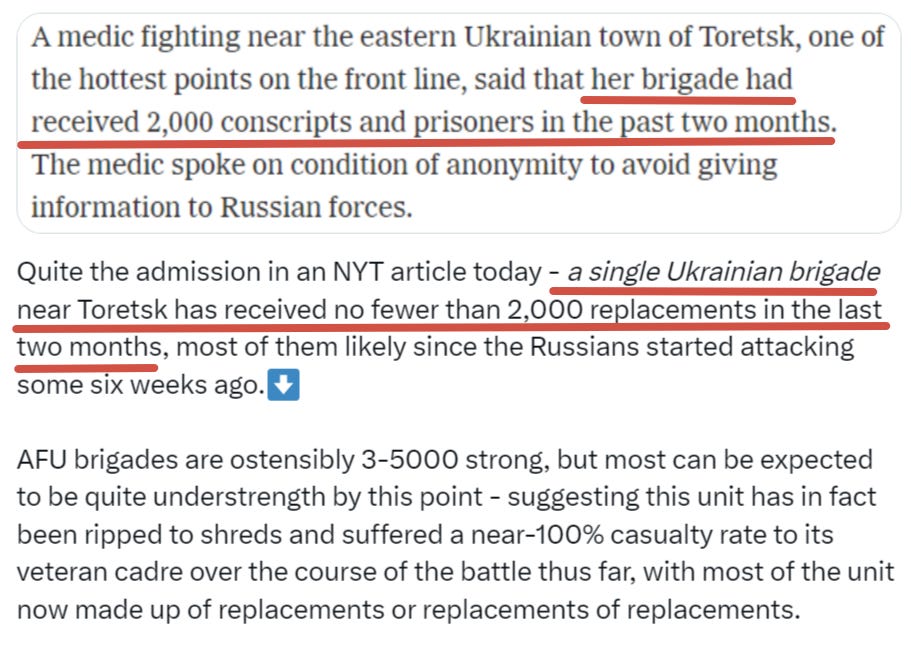


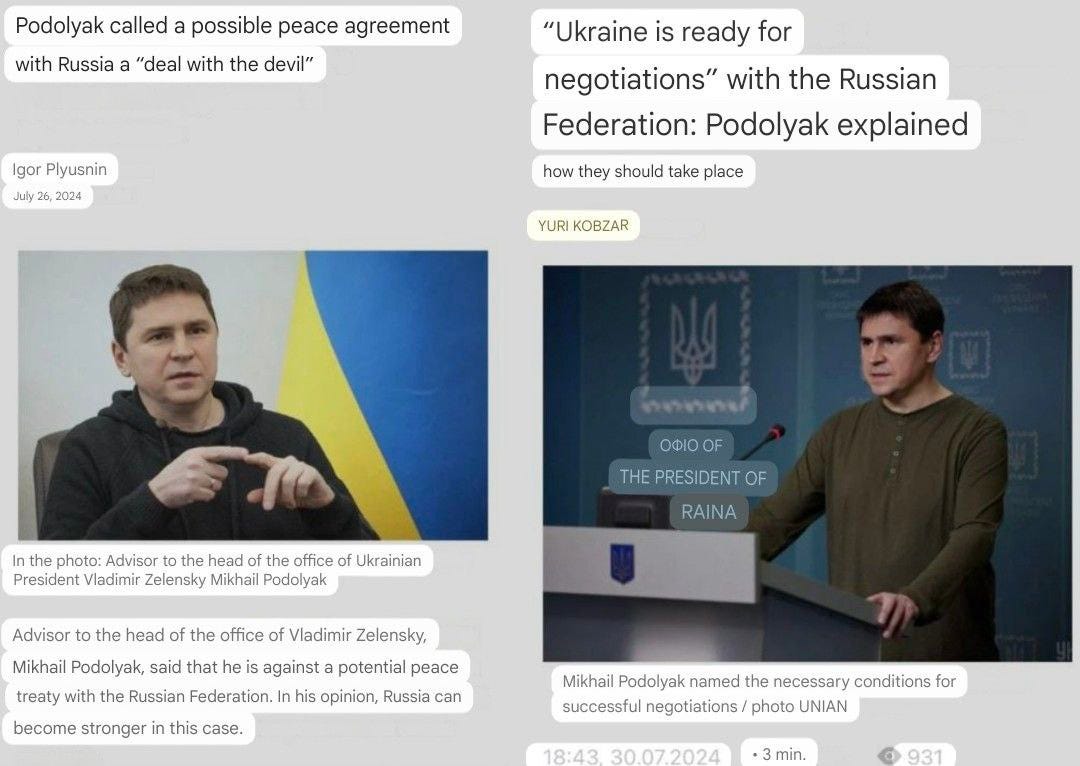
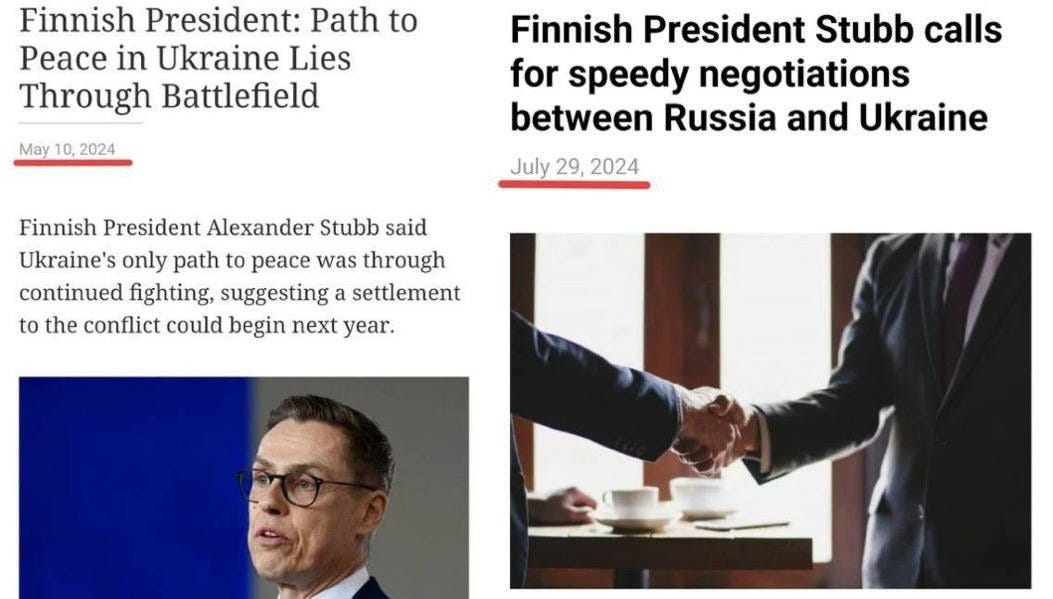

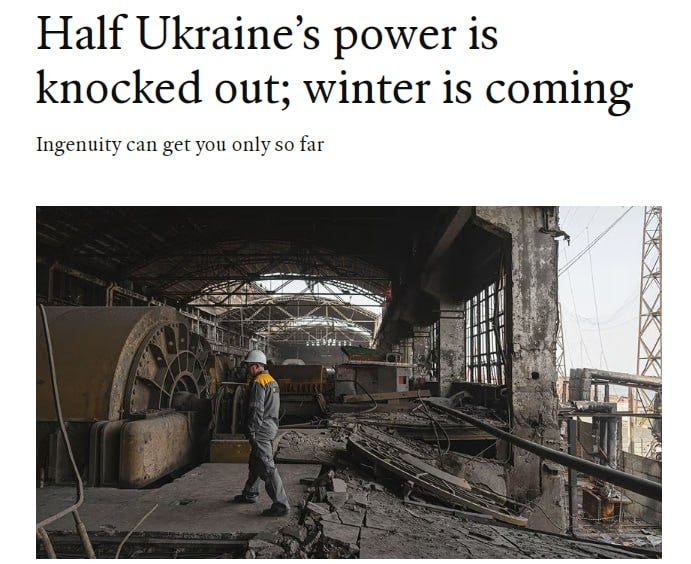

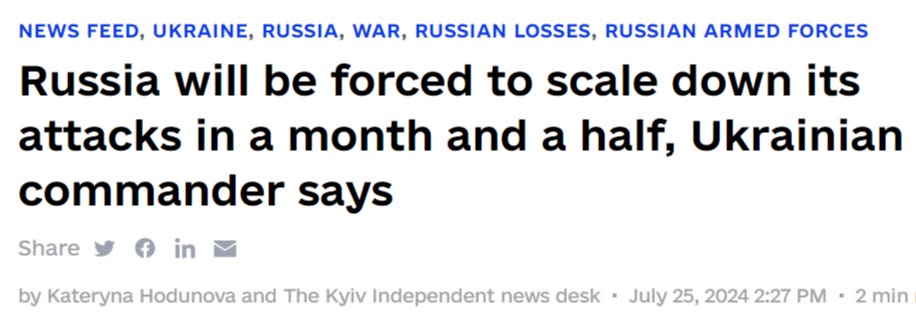


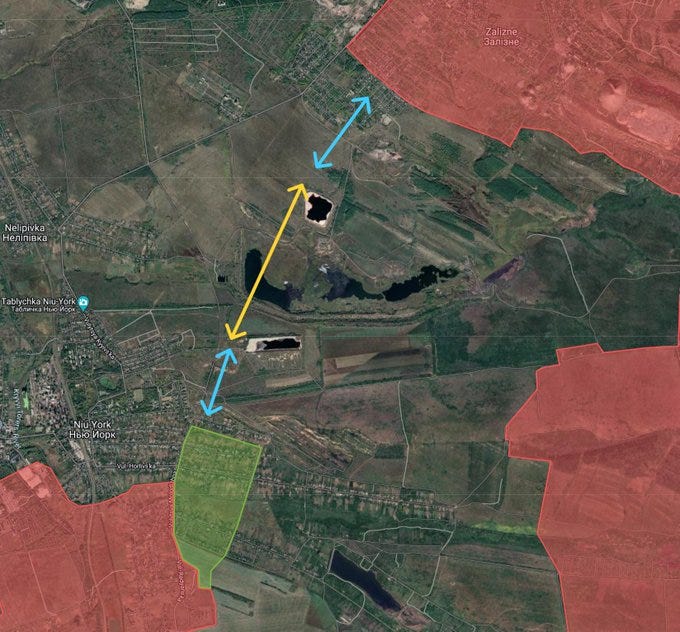
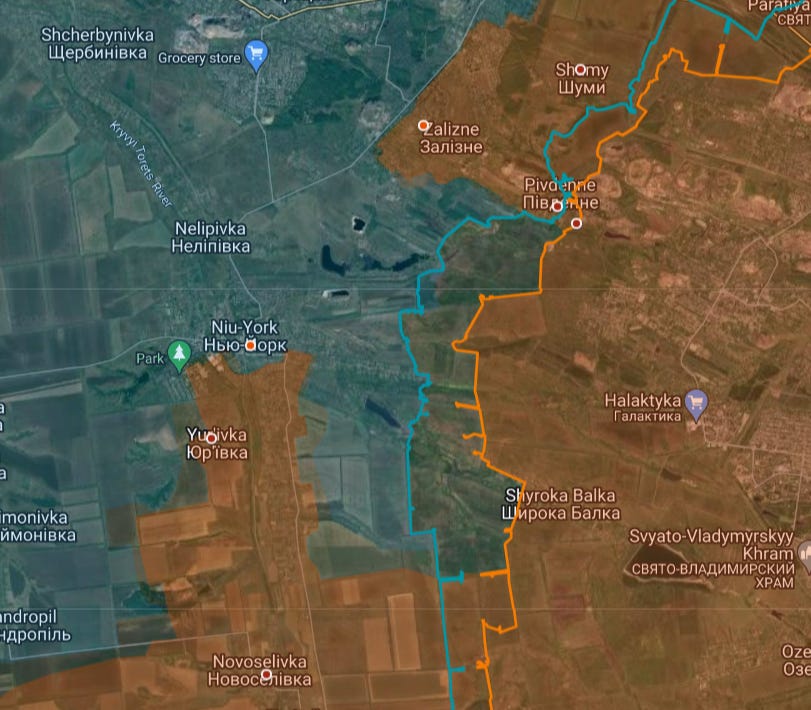
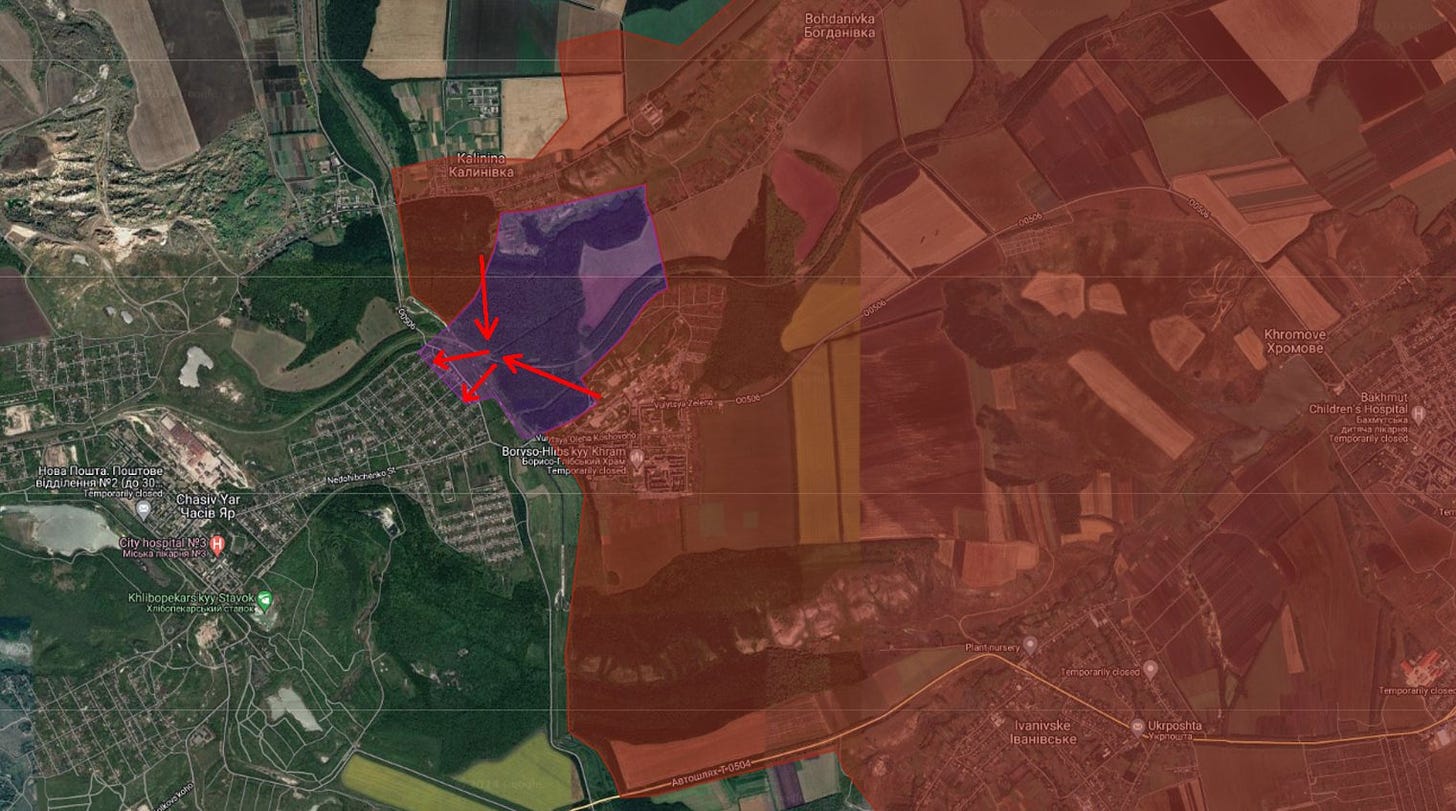
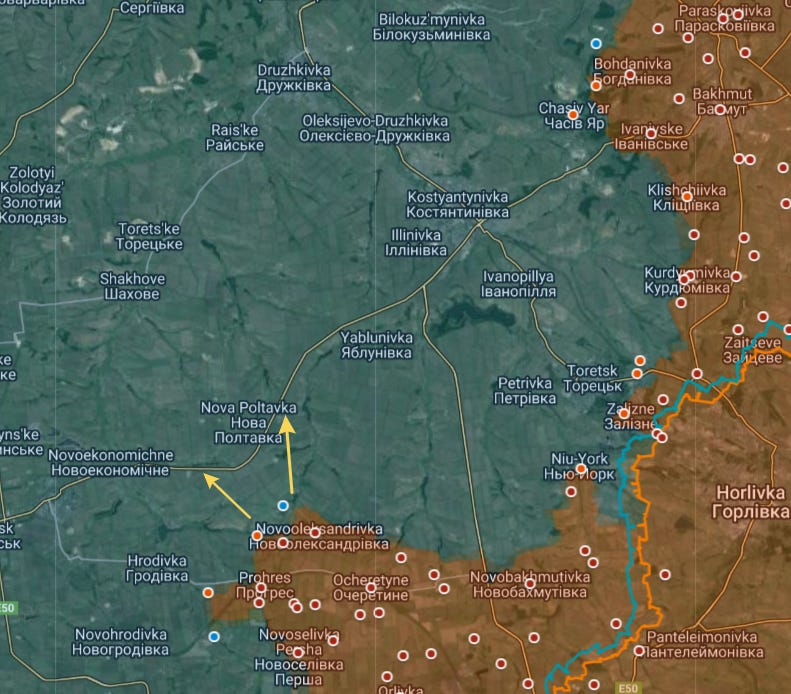

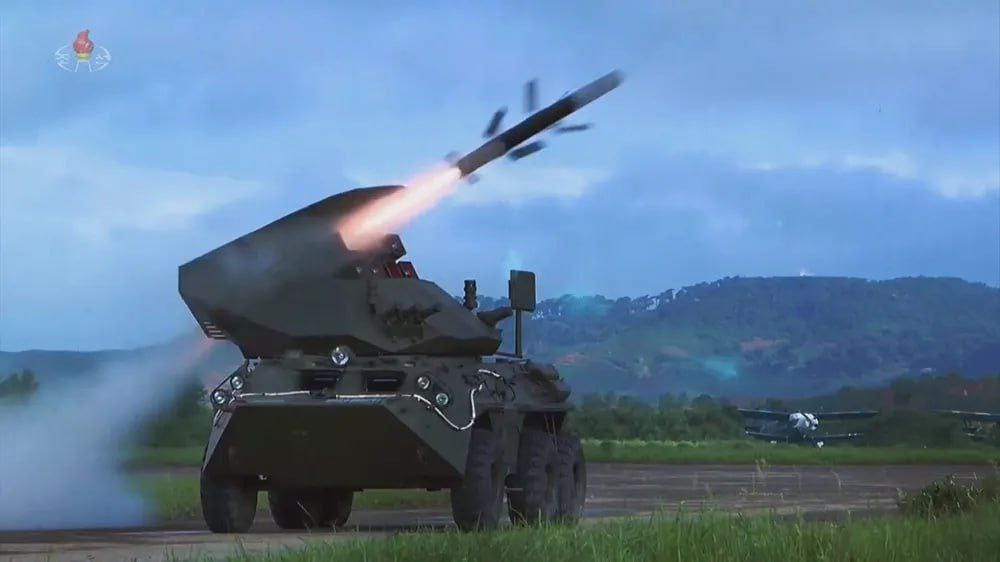
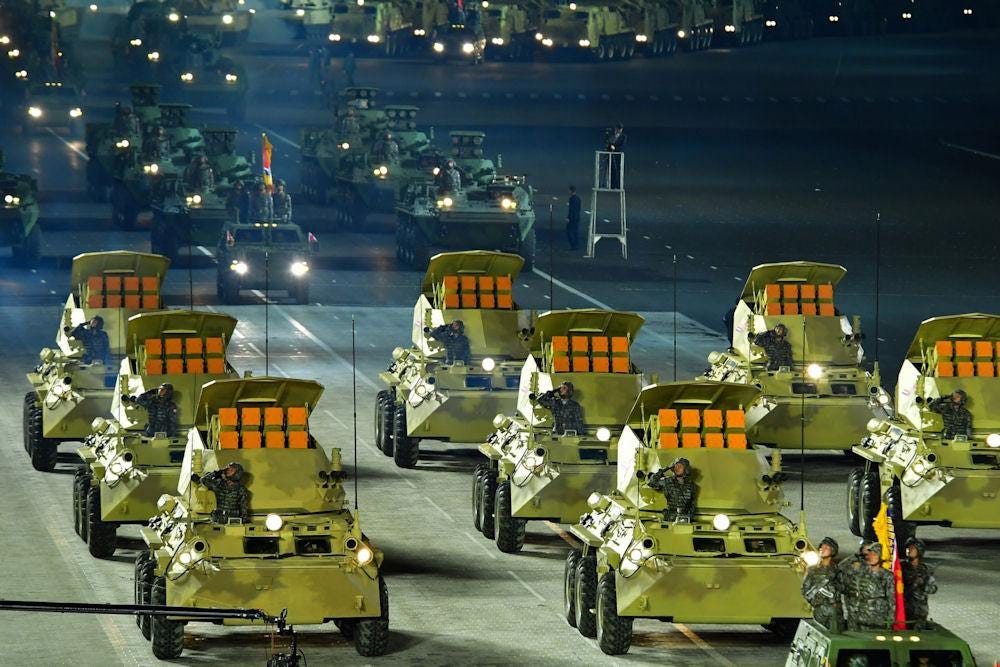

Aside from the Baltics, NATO had no business interfering with the former Soviet Union. But it did, and we are now in this Ukrainian Vietnam. NATO should never have entered into a proxy war with Russia over the borders of a former Soviet republic and we should have been looking for a peace plan from the beginning. Instead we have waited so long that Russia is now winning and we need a peace plan because we are losing. Any opportunity to use a peace plan to establish a rapprochement with Russia, an ending of the sanctions and a reintegration of Russia into the international community has been lost. A strategic fiasco of historic proportions. Once again, the CIA has acted against our national interest.
All Russian goals will be met. There will be no ceasefire.
The West has shown themselves to be utterly "non agreement capable" as the Russians like to say. So why the hell would Russia trust anything they say, ever?